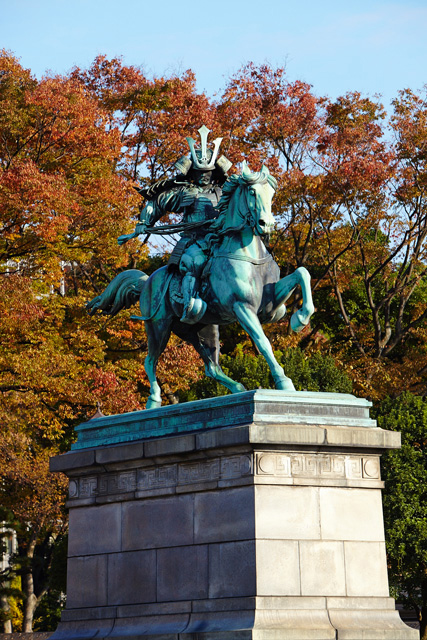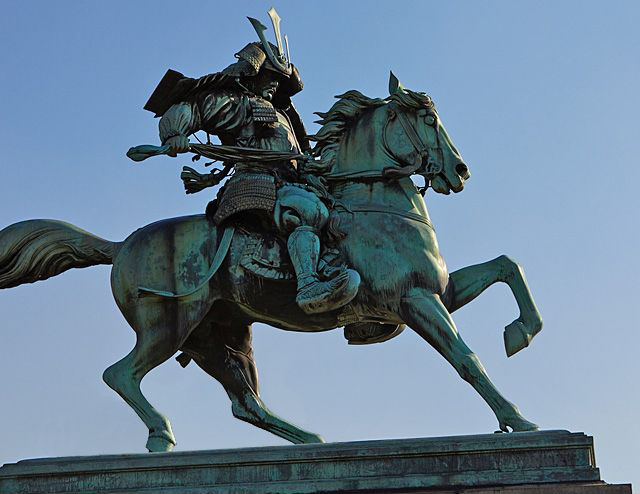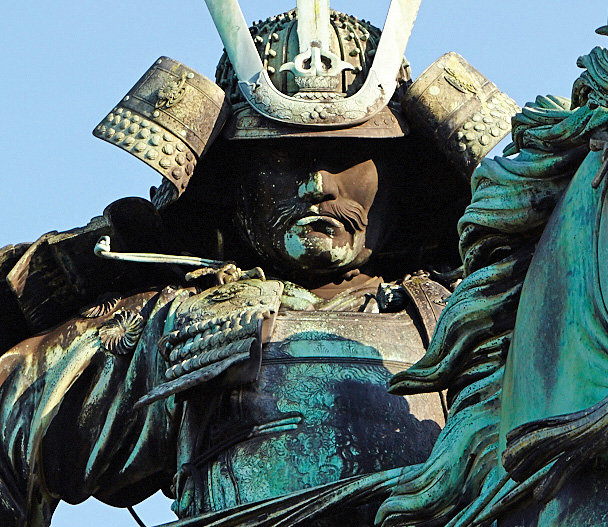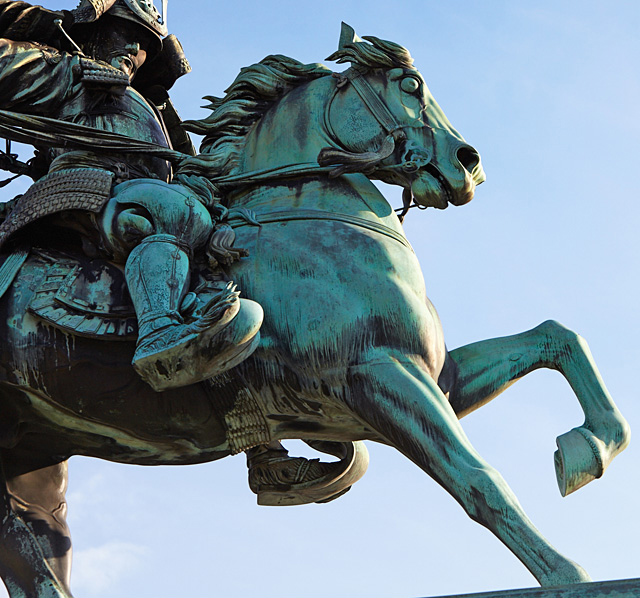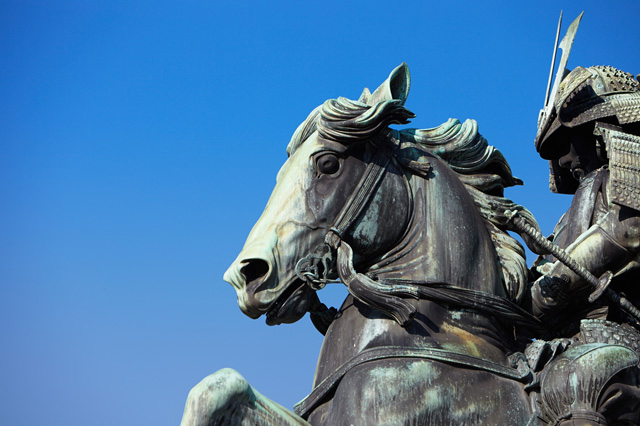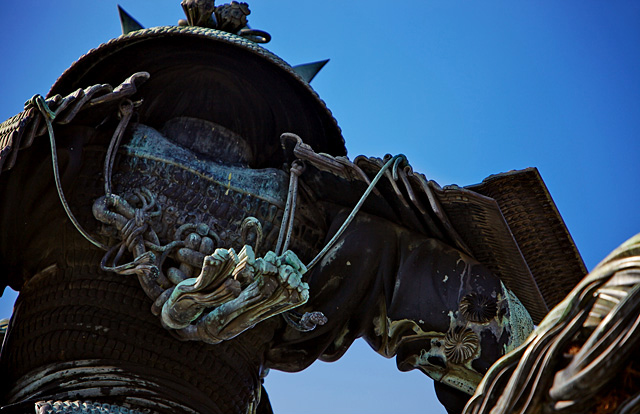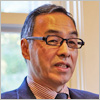In 1893 (26th year of the Meiji era), the wooden mold ready for the casting process was transferred to Assistant Professor Sessei Okazaki of Tokyo Fine Arts School. He was a renowned caster and chaser whose work had won the second prize at the Exposition Universelle (Paris World Exposition) of 1889. However, monobloc casting or a traditional Japanese step-by-step casting technique proceeding from the lower to the upper portion of the work was not feasible for a statue exceeding four meters in height and including spaulders, sword, and all manner of elaborately detailed features. A new casting technique was needed.
Traveling at his own expense, Okazaki headed for the 1893 Chicago World’s Fair, a showcase for arts and crafts from around the world, to see what he could learn from the exhibits. Several large statues at the expo appeared to have been produced by monobloc casting and Okazaki was surprised by the sophisticated technology. But as the expo was drawing to a close, a shaft of sunlight illuminated an otherwise barely detectable seam in one of the statues, which caught Okazaki’s attention. On examining other statues, he found that they too were not the products of monobloc casting, but had been cast section by section.
Having returned to Japan, Okazaki spent about a year making the horse, casting it section by section, having divided the horse into seven sections: the body, the neck, four legs, and the tail. He also drew on traditional Japanese metalworking techniques to create the imposing statue of Kusunoki Masashige astride his charger. The section-by-section casting of this large bronze work was unprecedented in Japan.
Since the chasing and patination of the statue took a further two years, it was not completed until September 1896 (29th year of the Meiji era). The plinth was installed and the statue of Kusunoki Masashige was erected near Nijubashi Bridge in 1900 (33rd year of the Meiji era).

 EN
EN
